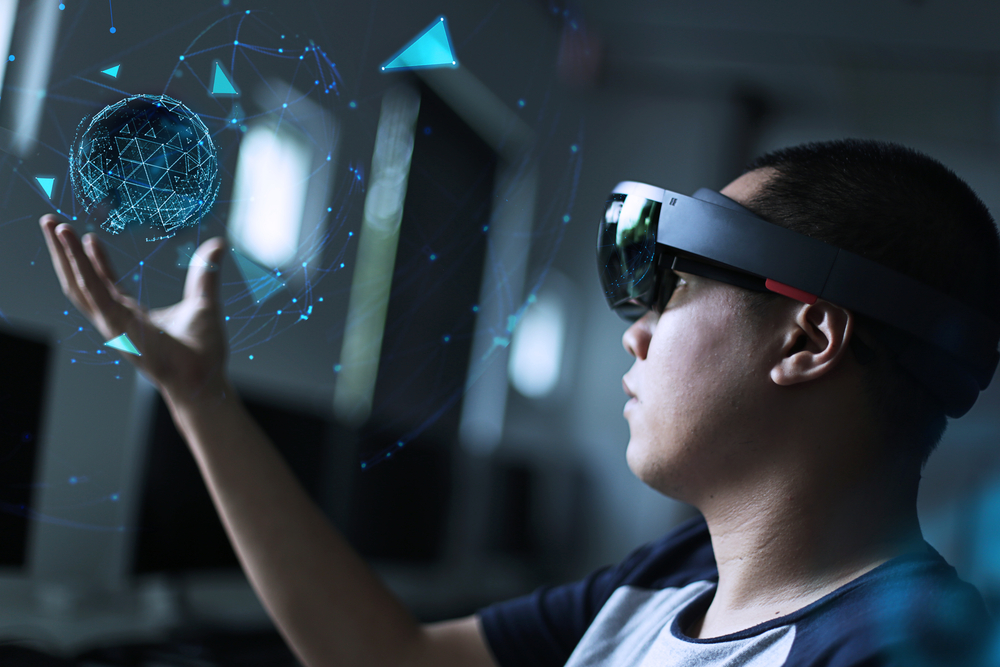Augmented reality in construction is a relatively new concept but is quickly revolutionizing not only the work that architects do, but many other jobs around the construction industry like engineers, designers, and even project managers. Combining augmented reality with the construction industry can help you increase your accuracy reducing the amount of errors and saving you precious time, money, and resources.
How does it work?
With all the different people running around, loud noises, and constantly changing surroundings, construction sites can be chaotic to say the least. Augmented reality can be used in an office setting for architects and designers but can also be used on the job site to see through walls and understand the path of the technical installations giving you a unique perspective at the site that will ultimately improve the quality of the project.
Augmented reality is similar to virtual reality in the sense that they each create a totally new and independent environment to experience and work in. The difference between the two is while virtual reality creates a completely new virtual world to interact in, augmented reality creates the virtual elements that interact and react with things in the physical world.
With augmented reality you can get a more accurate view of what is being built. All the layers of materials and installations that use to be difficult to understand on paper are now easily accessible on the virtual model of the project using projected holograms.
To access all of augmented reality’s capabilities you have to use a device similar to the glasses that virtual reality customers have. Many different companies manufacture AR hardware but the most popular device used in the construction industry seems to be the Microsoft HoloLens. Microsoft HoloLens’ is now certified as basic protection glasses and is offered for the most reasonable price as compared to the other devices available on the market.
Other Augmented Reality Options:
Morpholio AR Sketchwalk:
The AR Sketchwalk is an augmented reality tool that allows users to fully dive into their sketches to give both their company and their clients a more accurate sense of the space used on a project. This tool works best for architects and designers that are working on sketches of the project, rather than at the site themselves.
DAQRI Smart Helmet:
DAQRI Smart Helmet is a protective helmet that enables users to visualize projects using 3D models in augmented reality as an immersive and large-scale 3D environment. This is more similar to virtual reality than the other solutions. Teams using this technology can compare their work-in-progress with the original design to keep the office and job site in sync.
Fologram:
Fologram turns your 3D models into life-size construction instructions though hololens glasses. This program helps with complex projects that require a series of measurements, verification, and specific care by providing digital instructions that are virtually superimposed on the workspace right in front of you.

